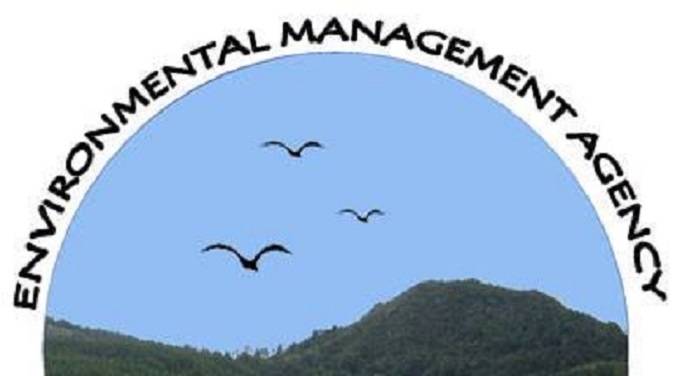EIA, small scale artisanal miners

Zimbabwe is endowed with vast mineral resources, especially along the Great Dyke. As such, the mining industry has expanded over the years and is a significant contributor towards the nation’s Gross Domestic Product.
The mining industry is characterised by large, medium and small scale miners.
The Agency uses various tools to achieve sustainable mining, including the Environmental Impact Assessment. Sustainable mining is usually an issue with the small scale and artisanal miners.
However, the Government has recognised that the artisanal and small scale mining sector is contributing significantly to economic growth hence the need to make legal provisions which ensures that they do their operations in a sustainable manner.
What does the law say about mining?
Mining is a prescribed project listed in the First Schedule of the Environmental Management Act CAP 20:27 of 2002. All prescribed projects have the potential to cause environmental degradation hence should undergo the Environmental Impact Assessment process before implementation.This is in accordance with section 97 of the Environmental Management Act.
An Environmental Impact Assessment (EIA) is a process which identifies the environmental impacts of a development project and clearly outlines measures to mitigate the negative impacts caused during project construction, implementation and decommissioning.
The Environmental Management Act defines an Environmental Impact assessment as “an evaluation of a project to determine its impact on the environment and human health and to set out the required environmental monitoring and management procedures and plans”.
The EIA is thus a tool that enhances sustainable development where environmental, economic and social pillars are mainstreamed in the project in a balanced manner.
Are small scale miners operating according to the law?
The majority of the small scale miners are operating without Environmental Impact Assessment (EIA) Certificates which is a violation of the law.
One of the reasons cited by the small scale miners in terms of complying with the said legislation is lack of financial resources to undertake the EIA process.
Some of the miners with EIA certificates are failing to comply with the submitted Environmental Management Plans (EMPs) mainly because of lack of understanding of the full contents of the so called “voluminous” EIA documents.
What is the way forward?
In order to improve compliance, the Agency has come up with a strategy aimed at accommodating small scale miners by assisting them to develop a generic and simplified Environmental Management Plan.
The Agency has developed operational guidelines for small scale miners in line with the provisions of the Act. The guidelines have been simplified to enable easy understanding by the small scale miners.
These guidelines will reduce the cost of the Environmental Impact Assessment Process by removing the need for environmental consultants who require a separate fee.
What are the requirements for registration?
i. Registration certificate from Ministry of Mines and Mining Development
ii. Approved Siting of Works Plan
iii. Consultation with the farm owner/land owner and neighbouring land users
iv. Completed Small Scale Miners EMP Form
v. Payment of EIA review fees @ $253.58
An inspection should then be carried out by EMA and other stakeholders to authenticate the information provided with what is on the ground and provide technical advice on mitigation of environmental impacts.
Thereafter, an Environmental Impact Assessment certificate can be issued to the proponent.
The certificate is initially valid for two years then it would be subject to annual renewal during the operation period of the project.
For the certificate to be renewed, the proponent should be submitting quarterly reports which provide an update of what the proponent is doing in terms of mitigating the environmental degradation caused by the mining operations.
What environmental and social issues are associated with mining?
Mining activities are usually associated with the following environmental risks; destruction of vegetation, veld fires, land and water pollution, land disputes and mismanagement of hazardous substances, among other issues.
Strategies should be put in place and implemented to ensure that the issues above are addressed by the proponent and EMA monitors compliance.
For more information contact EMA on; [email protected]. Follow us on Facebook; Environmental Management Agency and Twitter; @EMAeep or visit our website www.ema.co.zw Alternatively, call us on: Tel 08677006244 and Toll-free 08080028; or use our WhatsApp platform 0779565707.











Comments